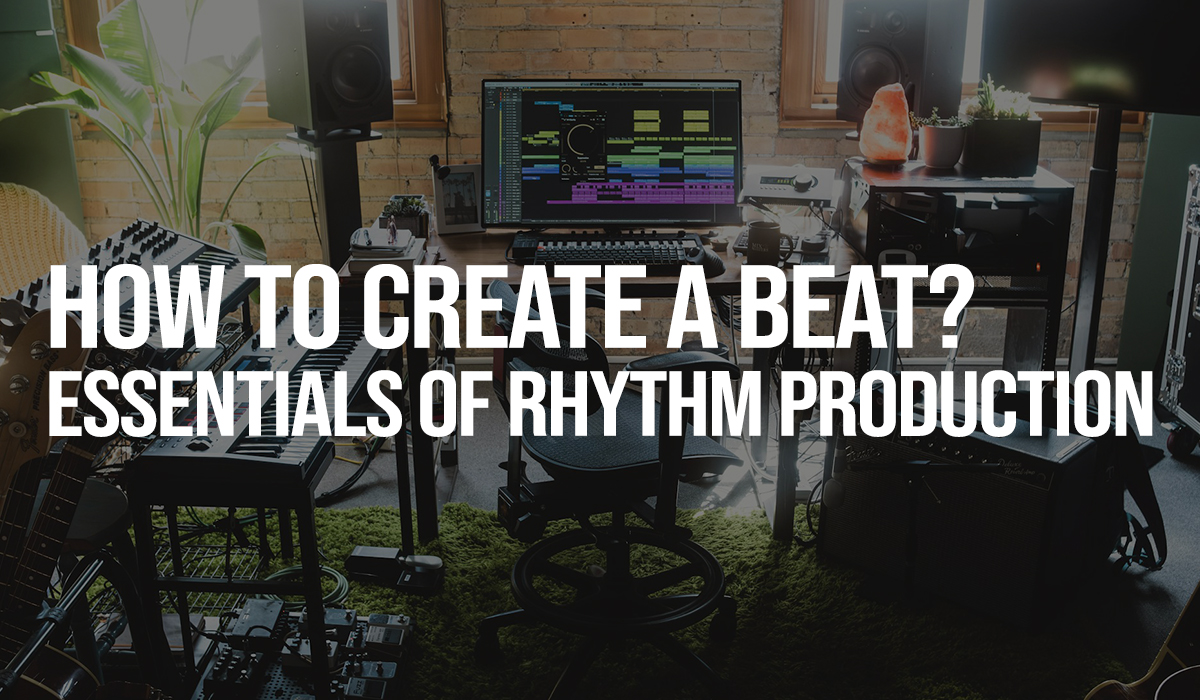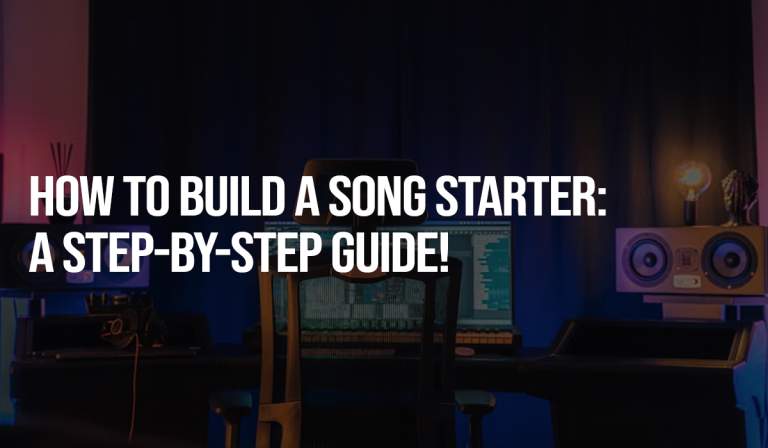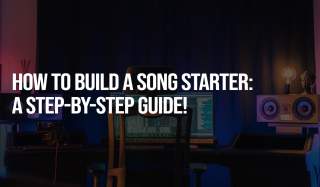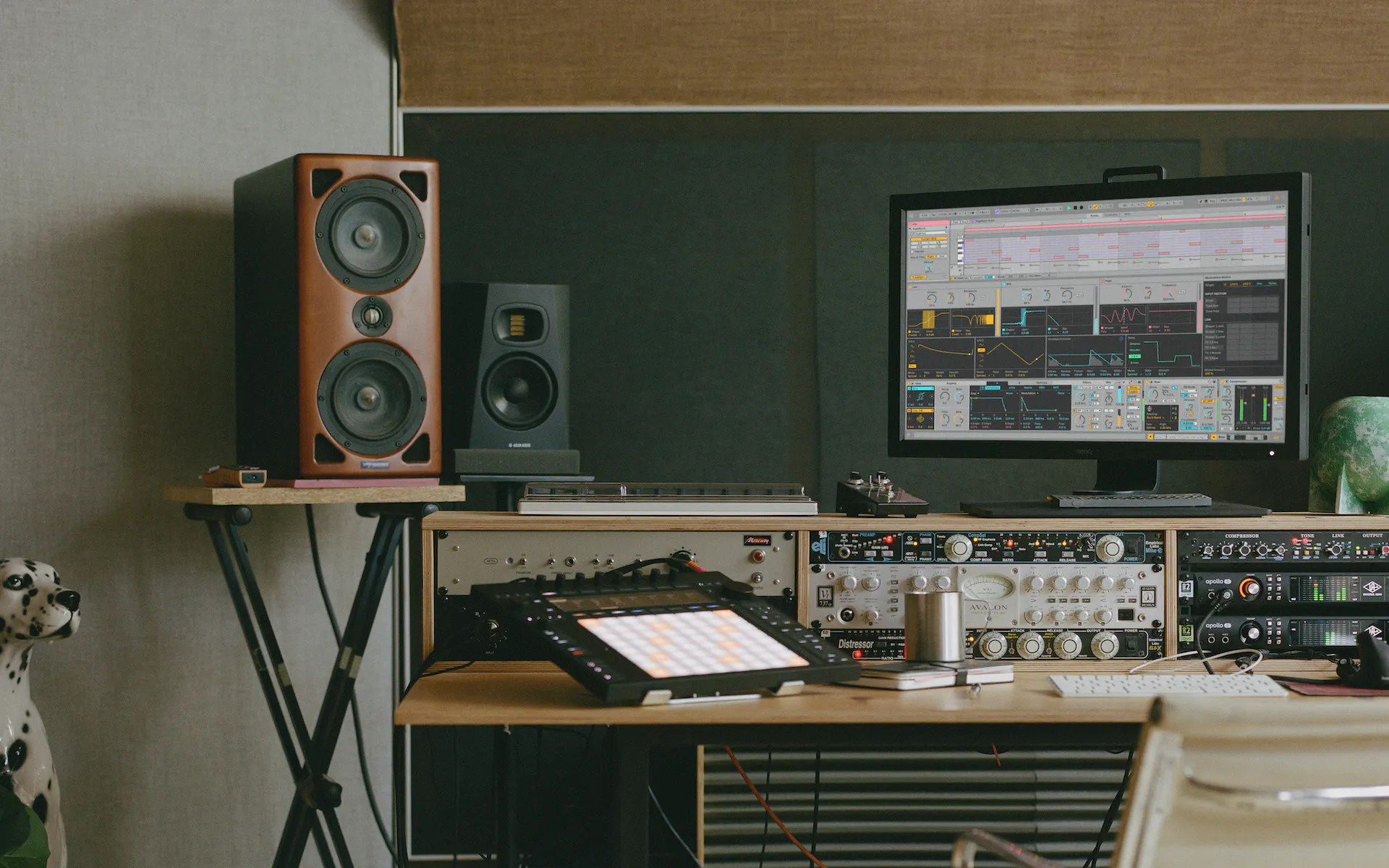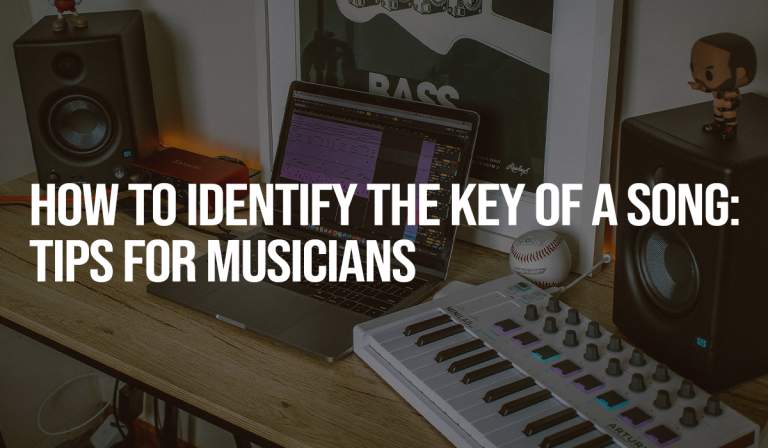As a seasoned music producer, I am thrilled to share my expertise and passion for crafting beats that can bring any composition to life. In this guide, I’ll walk you through the essential stages of music production—from selecting the right software, understanding fundamental rhythmic elements such as kicks, snares, and hi-hats, to composing a complete track by adding bass, melody, and sound effects to enrich your sound. I’ll also provide valuable tips on layering, arrangement, as well as mixing and mastering processes to ensure your beat sounds professional. Finally, you’ll learn effective strategies for promoting and publishing your work online, opening the door to a global audience of listeners. Join me in discovering the secrets of music production that will allow you to express yourself and gain recognition in the music world.
- Choosing the Right Software for Beat Making
- The Workshop and the Ultra-Fast Arrangement Course
- Crafting a Basic Rhythmic Pattern
- Adding Bass and Melody to Your Beat
- Matching Melody to Song Lyrics
- Effects and Sound Processing for Better Quality Beats
- Layering and Arranging Beat Elements
- Mixing and Mastering Your Beat: Tips for Beginners
- Publishing and Promoting Your Beat Online
- Sample Packs and Sound Libraries
- Frequently Asked Question
- Conclusion
Choosing the Right Software for Beat Making
Selecting the appropriate tool for music production is crucial, and it’s beneficial to consider the experiences of other creators who often share their insights on various programs. For instance, a renowned music producer who began his career making beats in a garage noted that switching to more advanced software significantly enhanced the quality of his productions. In his case, transitioning from basic software to a professional suite like Ableton Live or FL Studio unlocked new possibilities in sample manipulation and sound synthesis. Choosing software that is both user-friendly and equipped with a rich set of tools is essential for creators at all skill levels, enabling even beginners to experiment and hone their skills, thereby elevating their beats to a professional standard.
The Workshop and the Ultra-Fast Arrangement Course
Core Elements of a Beat: Kick, Snare, and Hi-Hat
Creating beats is an art that requires understanding and utilizing fundamental percussive elements such as kicks, snares, and hi-hats. These three components form the backbone of most rhythms in electronic music, hip-hop, and many other genres. The kick provides a deep and strong beat, forming the rhythmic foundation. The snare adds character and dynamics, often accentuating the second and fourth beats in a measure. The hi-hat offers rhythmic textures and speed, acting as the glue that binds the kick and snare.
Choosing the right samples for these elements is crucial for the character and quality of the final beat. For example, the selection of a kick can range from deep and resonant, ideal for hip-hop, to more muted and short, suitable for techno. The snare can be sharp and piercing or soft and subtle, depending on the desired effect. The hi-hat can be fast and continuous or sporadic, adding rhythmic variety.
Programming these elements requires not only theoretical knowledge but also practical experience and experimentation. Creating unique rhythms often involves manipulating and layering samples, as well as applying effects such as reverb or delay to add depth and character. Understanding how these three core elements interact allows for the creation of complex and engaging beats that are the foundation of any music track.

Crafting a Basic Rhythmic Pattern
Embarking on music production starts with understanding how to construct a solid rhythmic foundation, which is the heart of any beat. Historical examples show that the most memorable tracks rely on simple yet effective rhythmic patterns. For instance, analyzing hits like Michael Jackson’s “Billie Jean” or Mark Ronson and Bruno Mars’ “Uptown Funk” reveals how a simple, well-defined rhythm can become the cornerstone of an entire composition. Starting with basics, it’s beneficial to focus on creating a four-bar pattern, using kicks and snares in a way that creates a memorable rhythm. Experimenting with various combinations and adding layers such as hi-hats or percussive samples allows for gradually building complexity and depth in sound while maintaining clarity and accessibility.
Adding Bass and Melody to Your Beat
Creating a deep and catchy bass line along with melodic lines that give your track character is essential for any music producer. Analyzing popular tracks shows that the bass serves as a foundation on which other elements rest. Conversely, melody adds an emotional dimension, making the beat more memorable. During the creative process, experimenting with different sounds and instruments can lead to discovering unique combinations that make your track stand out. For example, in one case study, a music producer combined synthesizer bass sounds with an acoustic guitar, resulting in a hit that quickly gained popularity on social media. This approach highlights the importance of being open to experimentation and blending diverse musical elements to achieve an original and memorable effect.
Matching Melody to Song Lyrics
Creating music is a process full of passion and creativity, where the harmonious combination of words and sounds plays a crucial role. To achieve this goal, the composer must immerse themselves in the lyrical content, understanding its emotions and message. Matching the melody to the song’s lyrics requires not only technical knowledge but also intuition and the ability to feel the narrative. Analyzing the rhythm and structure of verses allows for finding the perfect tempo and key that will highlight the song’s character.
Working on the melody begins with identifying the key emotions contained in the lyrics. These guide the choice of chords and melodic motifs that are meant to reinforce the lyrical message. Experimenting with different musical scales and harmonies can reveal unexpected combinations that perfectly complement the song’s words. It’s vital to maintain a balance between predictability and originality, allowing the track to stand out while being easy to remember and sing along to.
Effects and Sound Processing for Better Quality Beats
Using appropriate effects and sound processing techniques can significantly enhance the quality of the produced beat. Industry professionals often recommend experimenting with various effects such as reverb, delay, or compression to add depth and character to a track. The selection and precise adjustment of effects are crucial for standing out among other productions. Additionally, applying techniques like side-chain compression can contribute to a better balance between individual elements of the beat, which is extremely important in dynamic compositions.
Expert tips also highlight the importance of careful processing of sound samples before incorporating them into the beat. The clarity and quality of the used samples can dramatically impact the final result. Utilizing advanced editing and cleaning techniques, such as noise reduction or clarity enhancement, allows for achieving a professionally sounding beat. Thus, even simple melodies can gain prominence and emotional impact, which is essential for engaging the listener.
Layering and Arranging Beat Elements
Creating a beat involves layering individual elements and arranging them to define the final product’s strength and character. Starting with a basic rhythm, you gradually add layers such as bass, melodies, or special effects, paying attention to their harmony and dynamics. Proper placement of these elements in the sound space, considering duration and intensity, allows for creating a unique track atmosphere. Efficient use of tools like panning or equalization can significantly improve the quality and depth of the sound, which is necessary to stand out among other productions. The final effect should be cohesive and well-thought-out, providing listeners with unforgettable experiences and ensuring that your beat is remembered.

Mixing and Mastering Your Beat: Tips for Beginners
Creating an excellent beat requires not only talent and creativity but also technical skills in mixing and mastering. These two stages are essential for your track to sound professional and be ready for presentation to a wider audience.
Here are some tips to help you in this part of the music production process:
- Use high-quality plugins – Investing in high-quality EQ, compression, and effects plugins can significantly improve your beat’s sound.
- Pay attention to balance – Balance between individual tracks is fundamental for a good mix. Ensure that no element overly dominates others.
- Work on space – Using effects like reverb or delay helps add depth to your track and better separate individual elements in the mix.
- Master with moderation – During mastering, you increase the track’s loudness and refine its sound. It’s crucial not to overdo compression, which can lead to loss of dynamics.
- Regularly test on different listening systems – This helps you better understand how your beat will sound on various equipment, from headphones to large sound systems.
Publishing and Promoting Your Beat Online
Sharing your work online opens unlimited opportunities for reaching a wide audience. Choosing the right platform for publication is as important as the creative process itself. Services like SoundCloud, YouTube, or Bandcamp offer various features that can help promote your beat. It’s crucial to understand which one best suits your needs and artistic goals.
Effective promotion requires more than just posting your work online. Engaging in online communities, such as music forums or social media groups, can significantly increase the reach of your music. Sharing your experiences, giving advice to other producers, or simply actively participating in discussions builds your online presence and draws attention to your creations.
Many people forget the power of networking. Building relationships with other artists, music bloggers, or even labels can open new paths for your career. Collaborating with other creators not only expands your promotional possibilities but also allows for the exchange of experiences and development of your skills. Remember, every online interaction is a potential opportunity to promote your music.
Sample Packs and Sound Libraries
Sample packs are essential resources for music producers, offering a curated collection of sounds, loops, and one-shots that can be used to create beats and compositions. They provide producers with high-quality, royalty-free samples that can be easily integrated into their projects, saving time and sparking creativity. There are numerous platforms where producers can find a wide variety of sample packs to suit different genres and styles.
Slooply.com is a comprehensive platform that provides an extensive range of samples and loops tailored to various music genres. Their library includes everything from drum loops and melodic samples to vocal chops and FX sounds. Slooply is known for its user-friendly interface and high-quality sounds, making it a favorite among both amateur and professional producers.
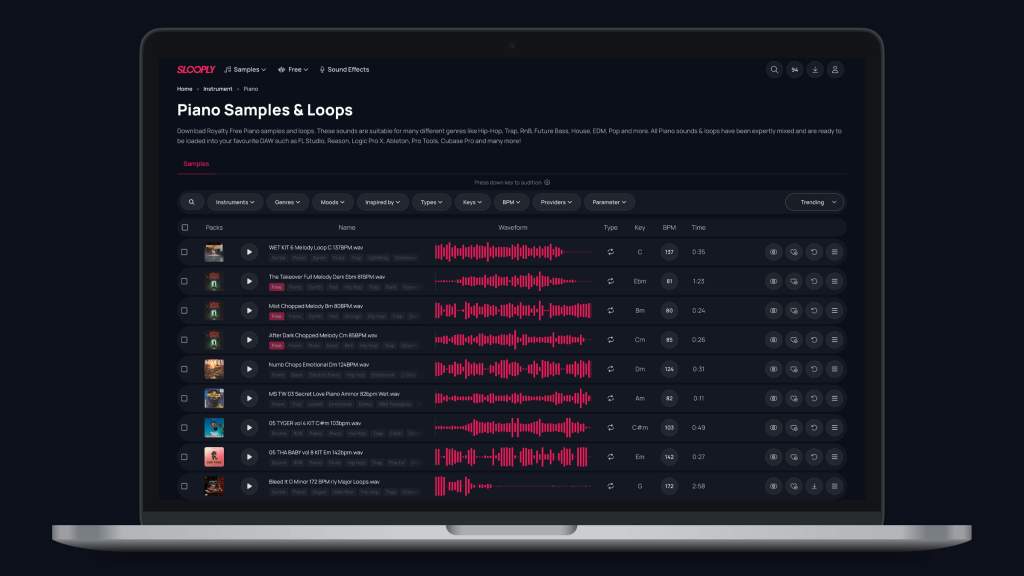
Producershop.com offers a diverse selection of sample packs, VST plugins, and DAW templates. This site is particularly popular for its genre-specific packs, which cater to producers looking to create music in styles like hip-hop, EDM, and trap. Producershop’s curated collections are designed to provide inspiration and help producers achieve professional-sounding tracks with minimal effort.
R-loops.com is another notable platform, renowned for its high-quality loops and samples. They provide a wide array of sounds, from hard-hitting drum kits to intricate melodic loops. R-loops emphasizes versatility and quality, ensuring that their samples can be used in a variety of musical contexts. Their offerings are perfect for producers seeking to add unique and polished elements to their tracks.
Using these platforms, producers can access an immense variety of sounds, making it easier to find the perfect sample to match their creative vision. Whether you’re just starting out or looking to expand your sound library, Slooply, Producershop, and R-loops offer invaluable resources to enhance your music production process.
Frequently Asked Question
How long does it take to learn to create beats?
The time required to learn beat making can vary depending on individual abilities, experience, and time dedicated. Most beginner producers notice significant improvement after a few months of regular practice.
Do you need expensive equipment to create professional-sounding beats?
No, you don’t need to invest in expensive equipment to create professional-sounding beats. Understanding the basics of music production and effectively using available software and plugins is more important.
How can I find inspiration for creating new beats?
Inspiration can come from everywhere—listening to different music genres, experimenting with various sounds and rhythms, and collaborating with other musicians. It’s essential to be open to new experiences and constantly seek new ideas.
Are there any online communities where I can get feedback on my beats?
Yes, there are many online communities, such as music producer forums, Facebook groups, or platforms like SoundCloud, where you can share your beats and receive constructive criticism.
What are the most common mistakes beginner producers make?
Common mistakes include overcomplicating beats, ignoring the importance of good sound quality, and lacking patience in the learning process. It’s crucial to focus on developing skills step by step and to avoid rushing.
Conclusion
Creating beats is a fascinating and challenging process that requires a combination of creativity, technical skills, and dedication. With the right tools and techniques, anyone can produce professional-quality beats that stand out in the music industry. Remember to practice regularly, seek feedback, and stay open to new ideas and inspiration. With time and effort, you can develop your unique sound and make a name for yourself as a music producer.




